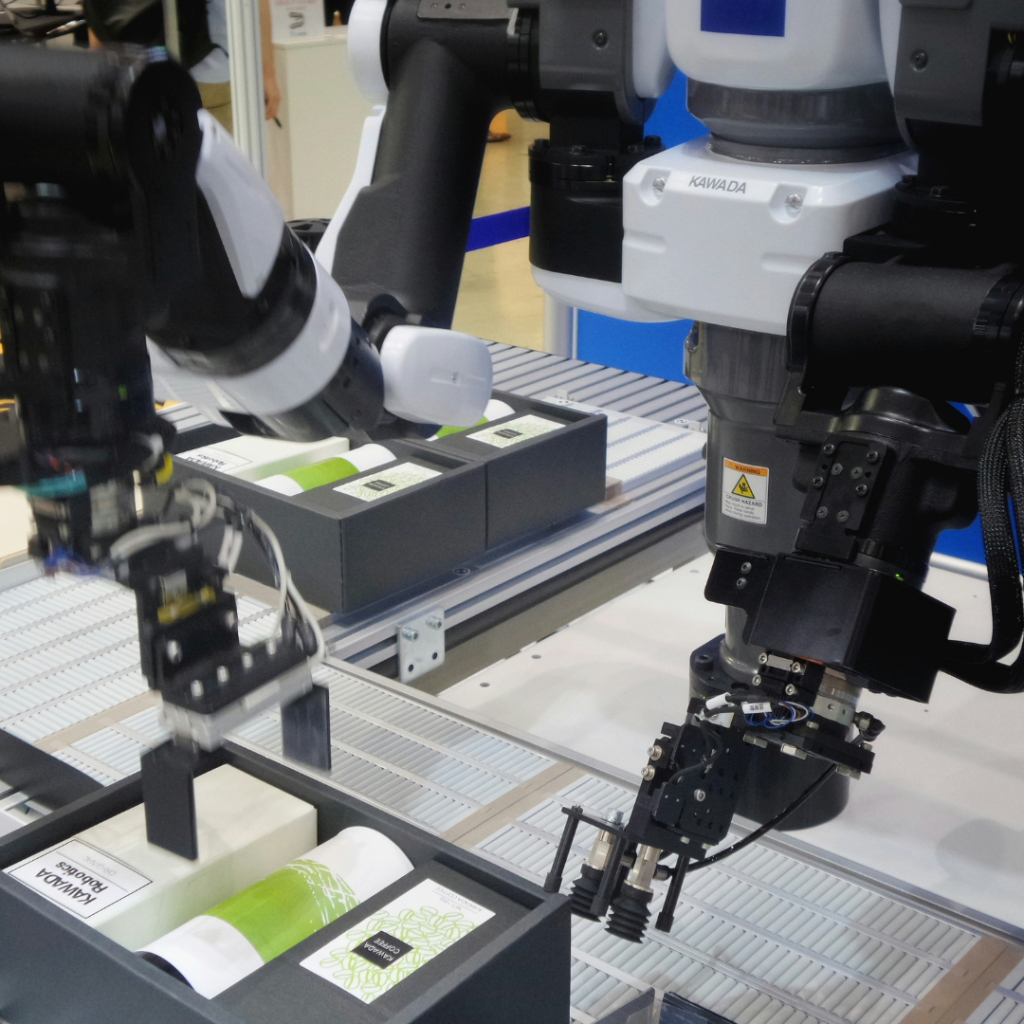The factory floors of today look nothing like they did a generation ago. Gone are the assembly lines teeming solely with human workers; instead, sleek robotic arms move with precision, tirelessly welding car parts or meticulously sorting packages. Robotics and automation are ushering in fundamental shifts across virtually every industry, altering our understanding of work itself.
The potential benefits of this technological revolution are undeniable. Robots offer increased efficiency, consistency, and the ability to perform tasks in dangerous environments that would be harmful to humans. Automation streamlines workflows, reducing costly errors and freeing up time for workers to focus on more strategic tasks. In the healthcare sector, surgical robots assist in complex procedures, and automated systems manage medication dispensing, improving patient outcomes.
However, the rise of robots also raises concerns about job displacement. As machines become more sophisticated, capable of performing tasks once thought to be the exclusive domain of humans, many worry about the future of work for those whose skills are rendered obsolete. While automation certainly creates new types of jobs in fields like robotics engineering and software development, not everyone possesses the skills to easily transition into these roles. This underscores the growing need for lifelong learning programs and reskilling initiatives to equip workers for an increasingly automated world.
The impact of robotics and automation extends far beyond manufacturing. In warehouses and logistics, robots sort and transport goods with unparalleled speed, transforming retail supply chains. Agriculture is embracing autonomous tractors and harvesting robots to address labor shortages and boost crop yields. Even customer service is changing as AI-powered chatbots handle basic inquiries and self-checkout systems become commonplace.
While we can’t definitively predict exactly what jobs will exist a decade from now, some trends are clear. The demand for workers with strong STEM skills will increase as businesses seek professionals who can design, program, and maintain automated systems. At the same time, there will be a continued need for human ingenuity and interpersonal skills in roles that require empathy, creativity, and complex problem-solving–the very qualities that distinguish humans from machines.
The future of work sits at the intersection of technological advancement and societal adaptation. To successfully navigate this transition, businesses, governments, and educational institutions must collaborate on a few key areas:
Proactive Workforce Planning: Identifying sectors most likely to be disrupted and developing retraining programs tailored to emerging job requirements.
Investment in Education: Emphasizing STEM education from an early age and fostering continuous learning throughout workers’ careers.
Ethical Considerations: Developing clear guidelines for the responsible use of automation and AI, ensuring they work to enhance human capabilities rather than replace them entirely.
The robotic revolution holds the potential for greater productivity, safety, and economic growth. However, realizing these benefits depends on carefully managing its impact on the workforce and ensuring that workers aren’t left behind in the race towards automation.
If you’re searching for a Robotics Engineering Company, contact Amtec Solutions Group.
